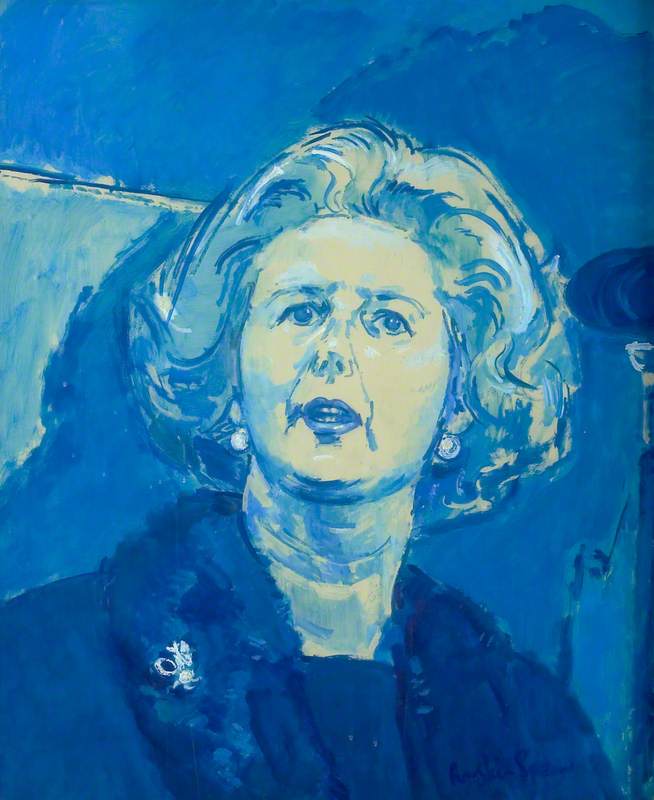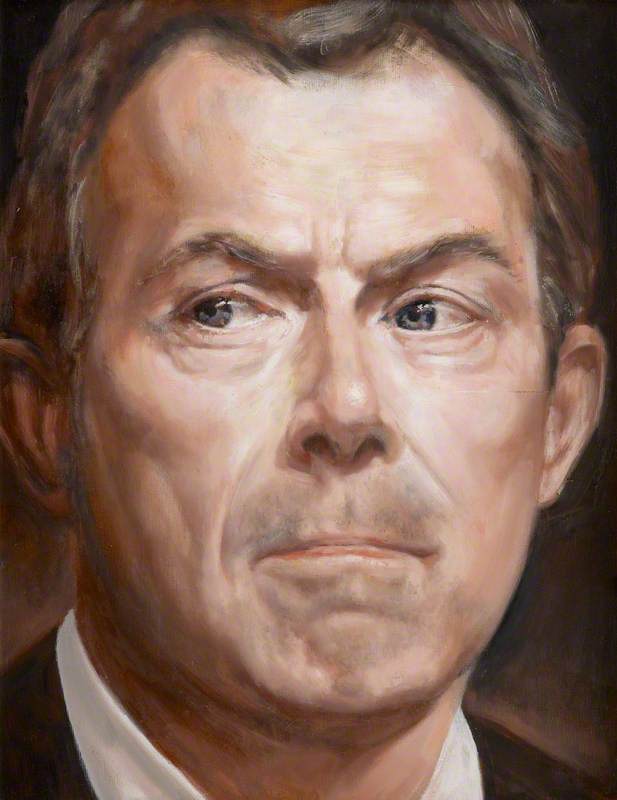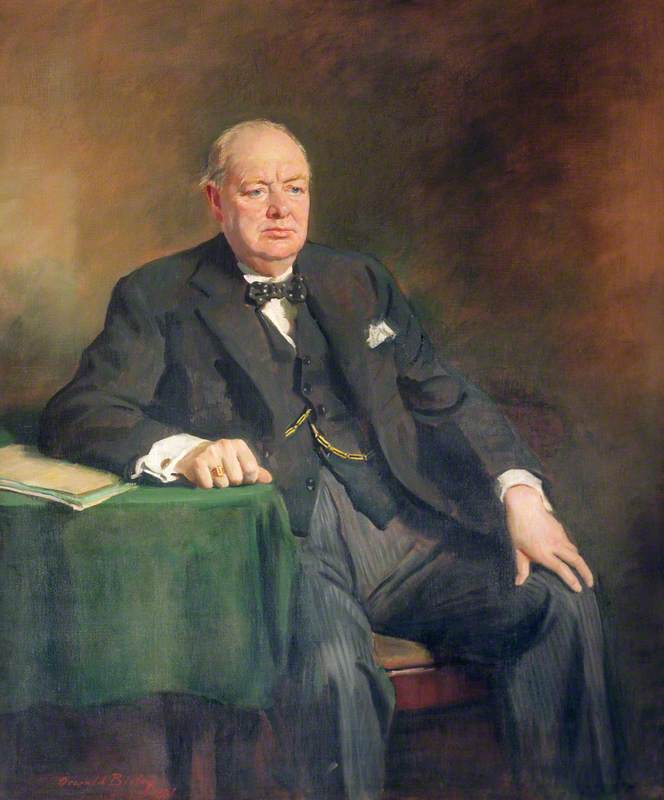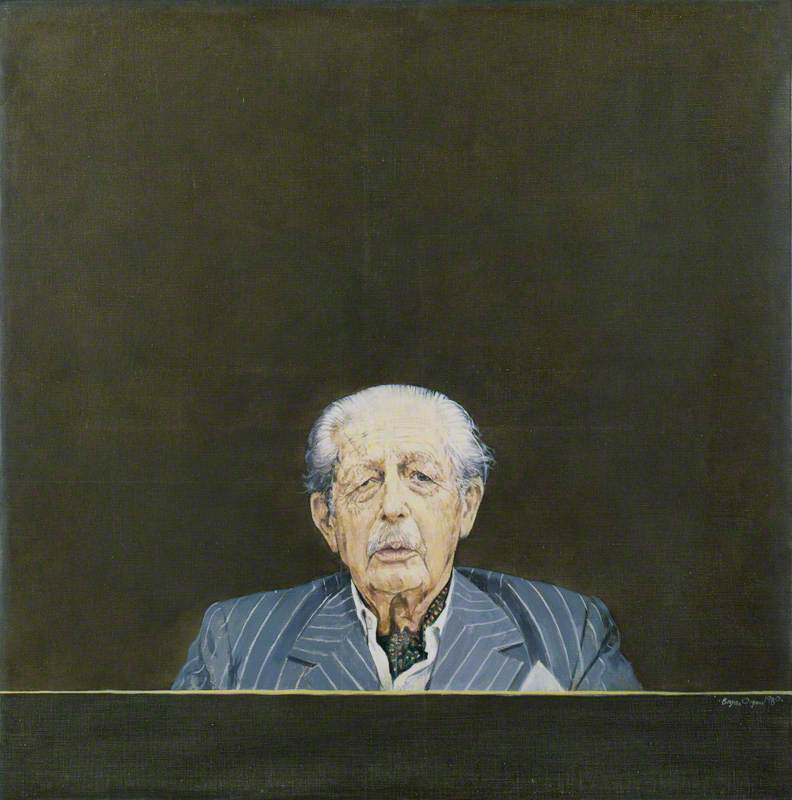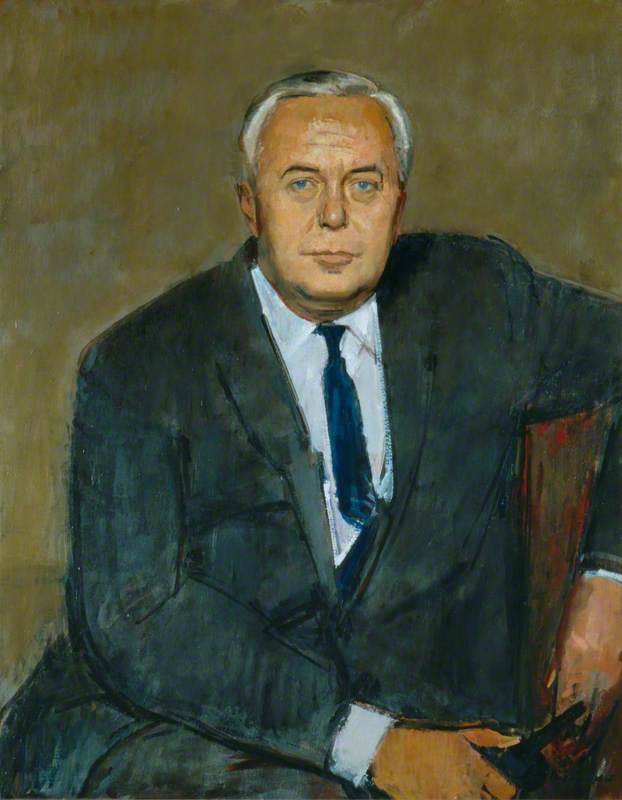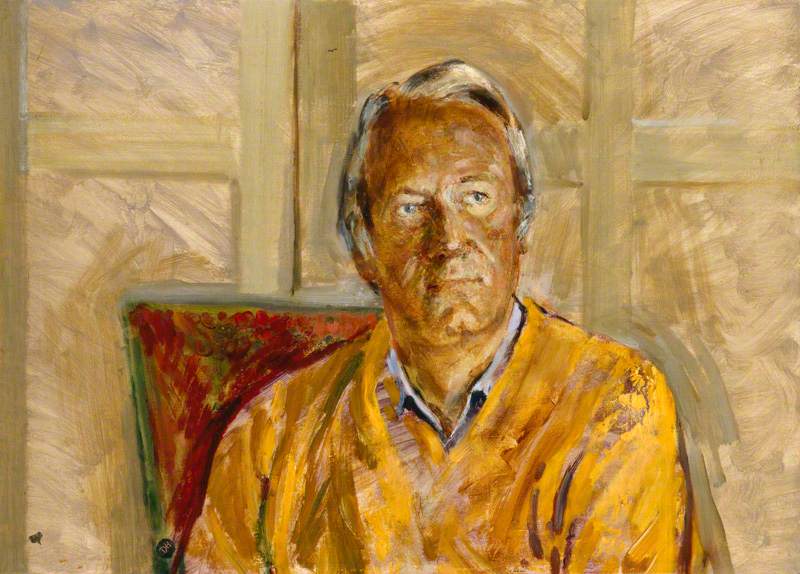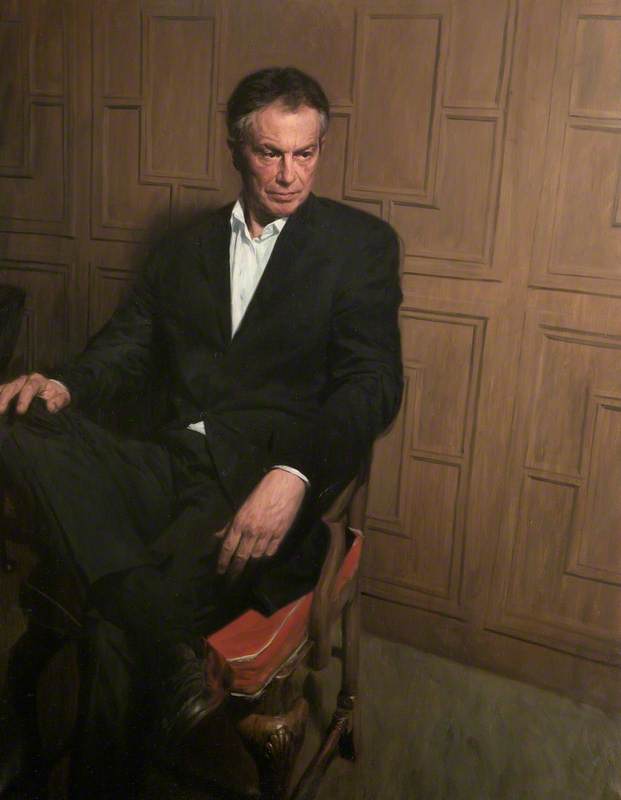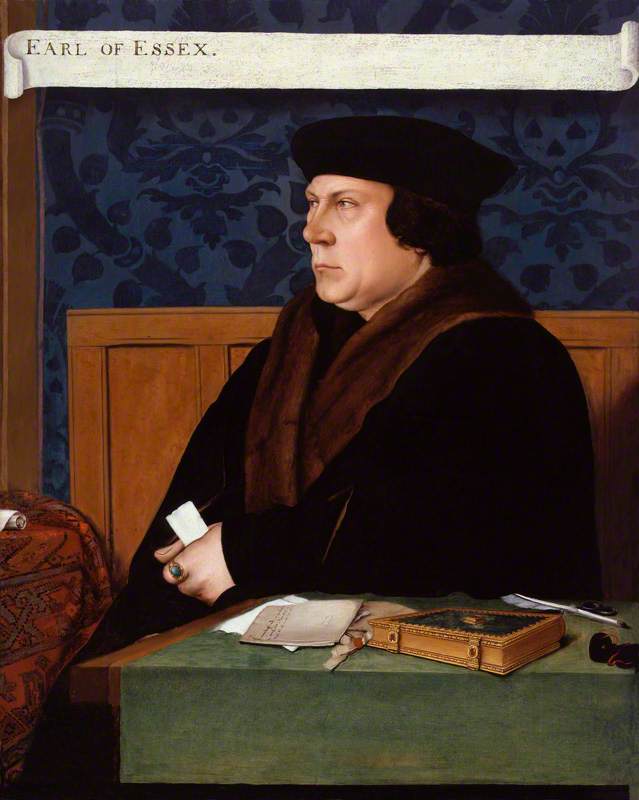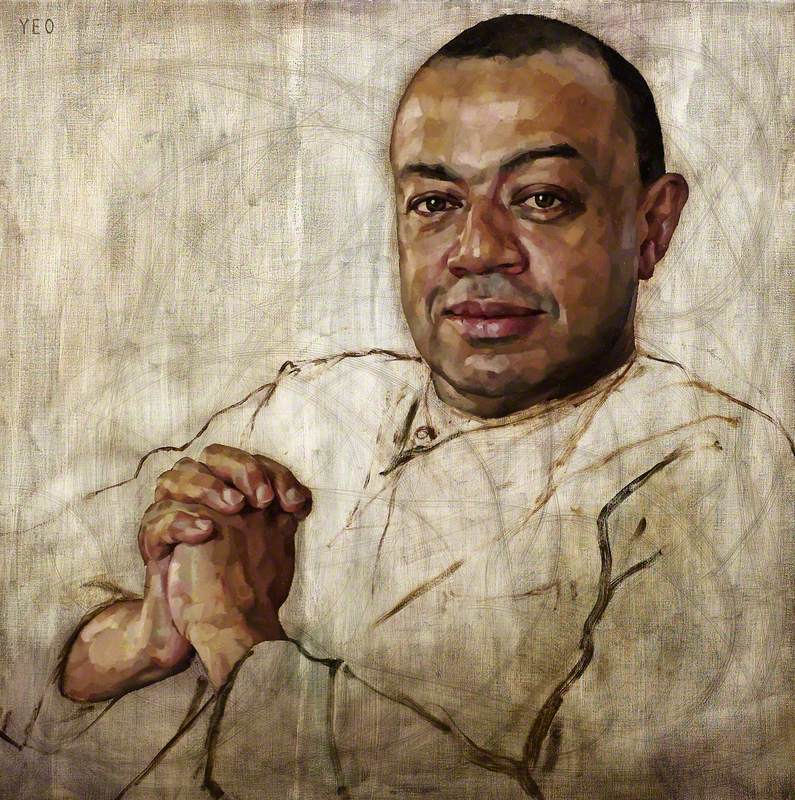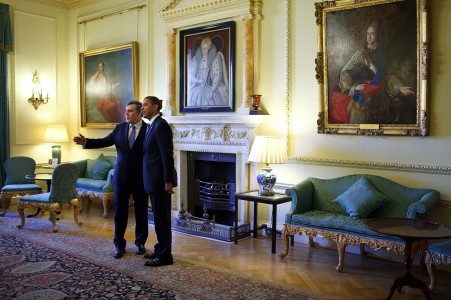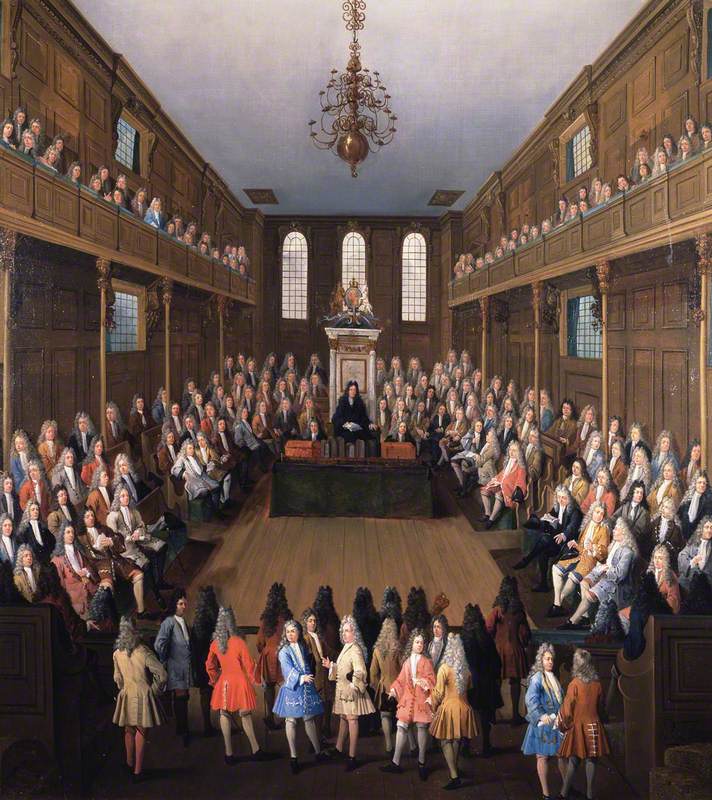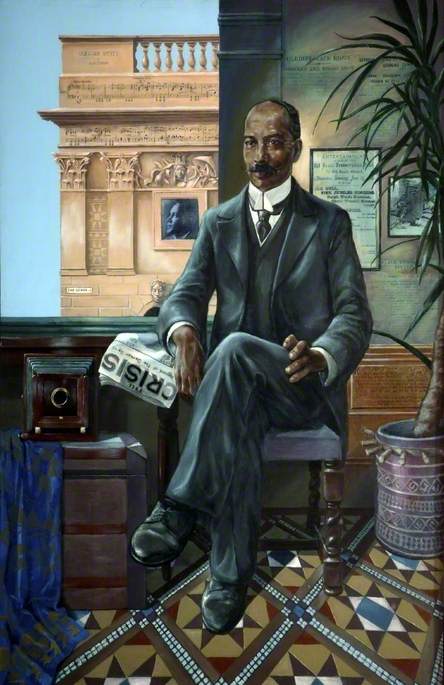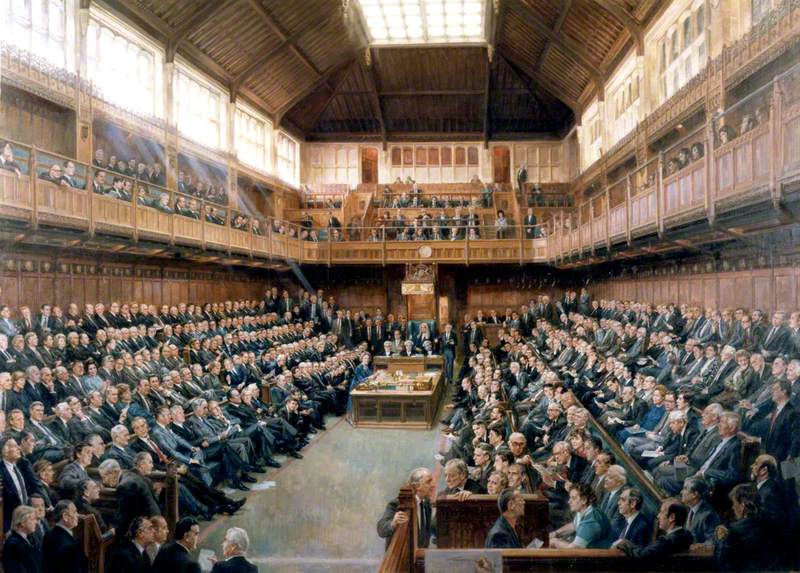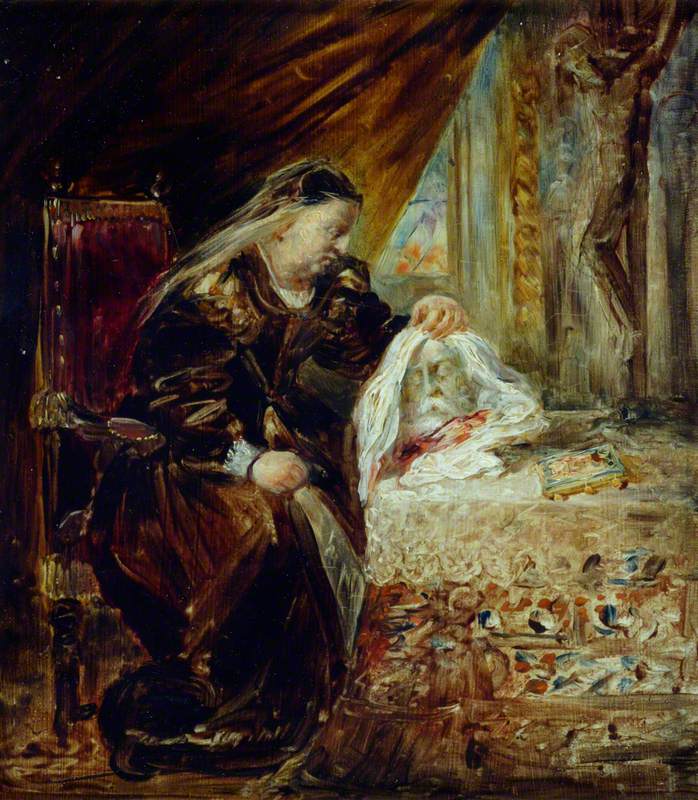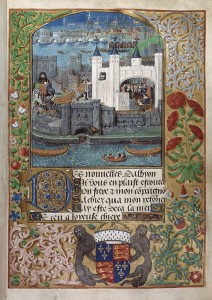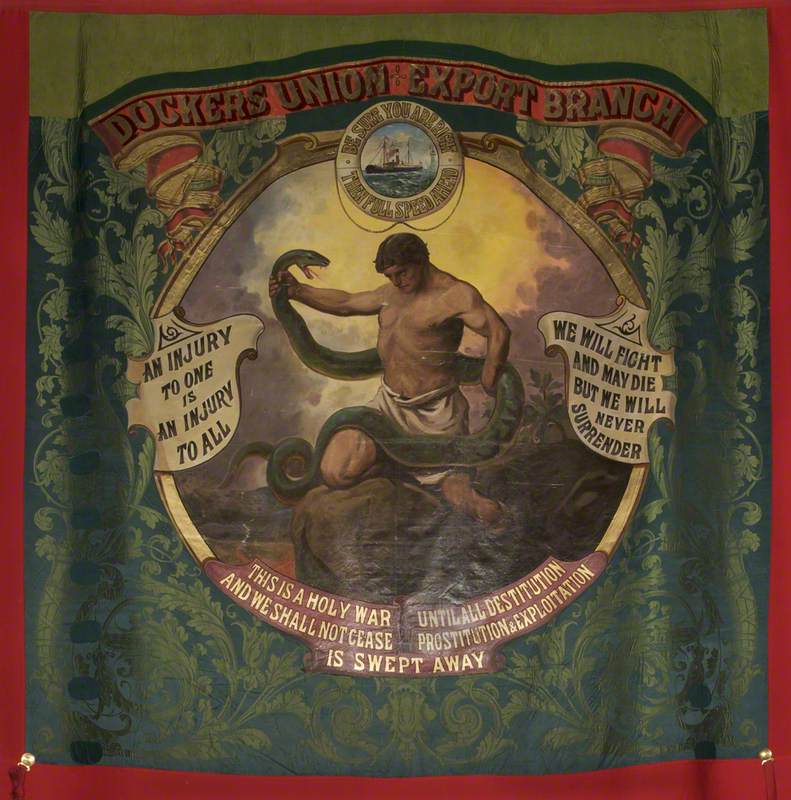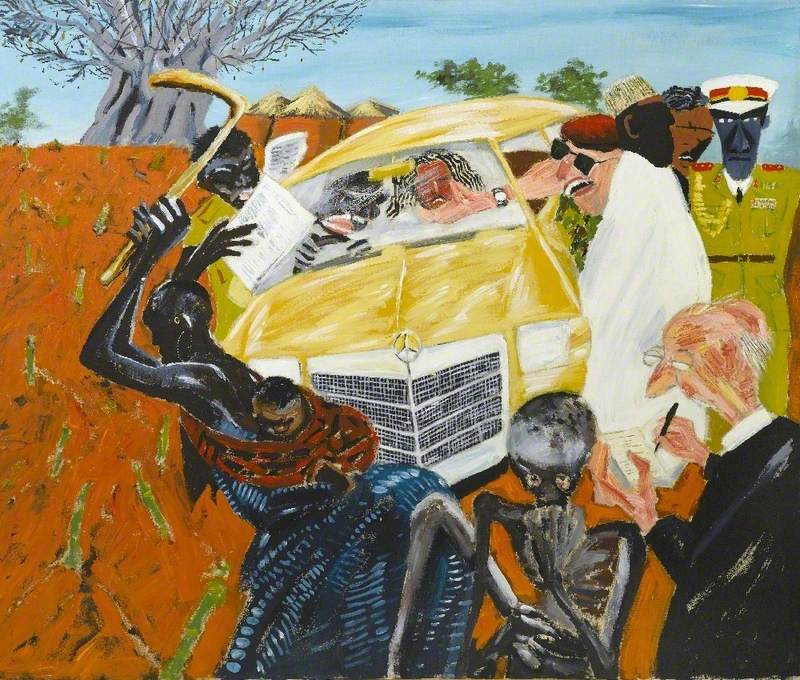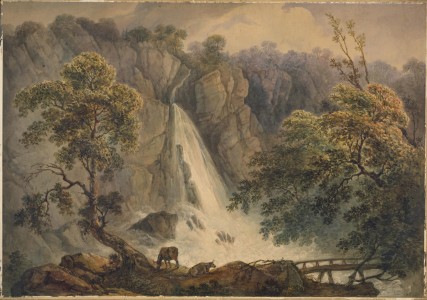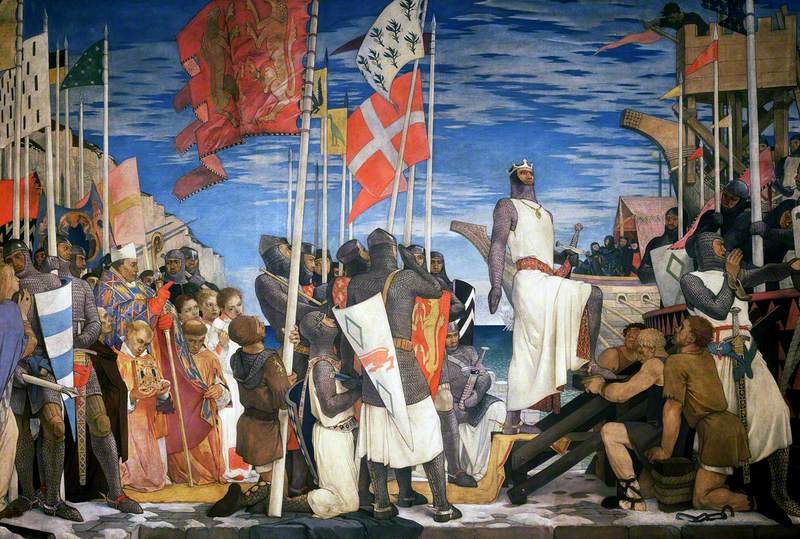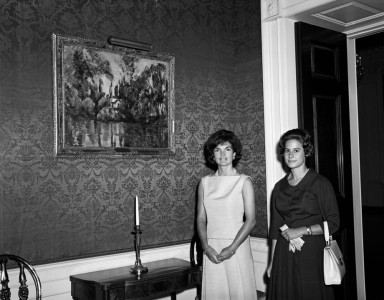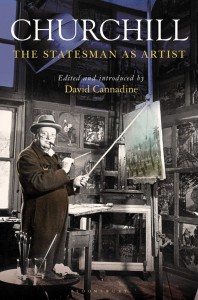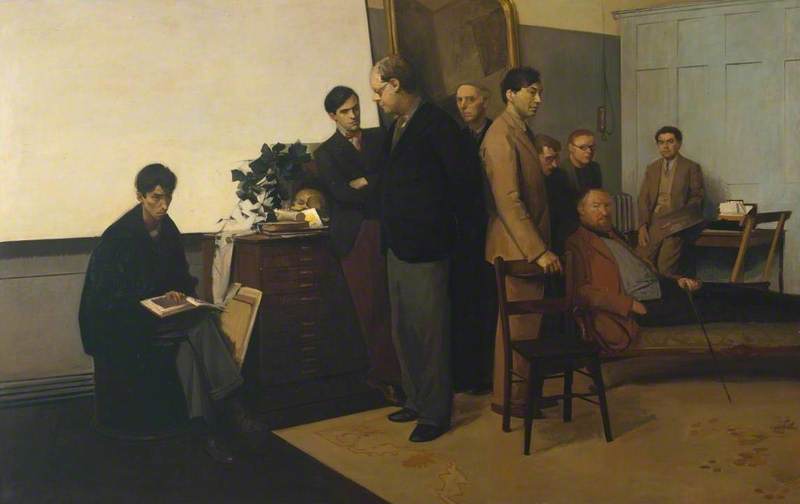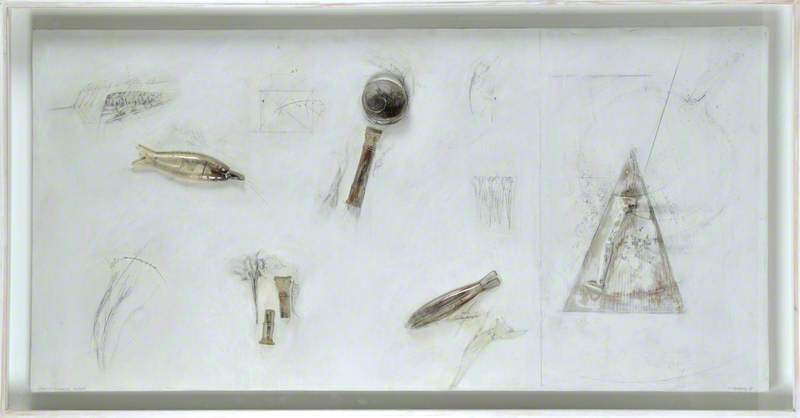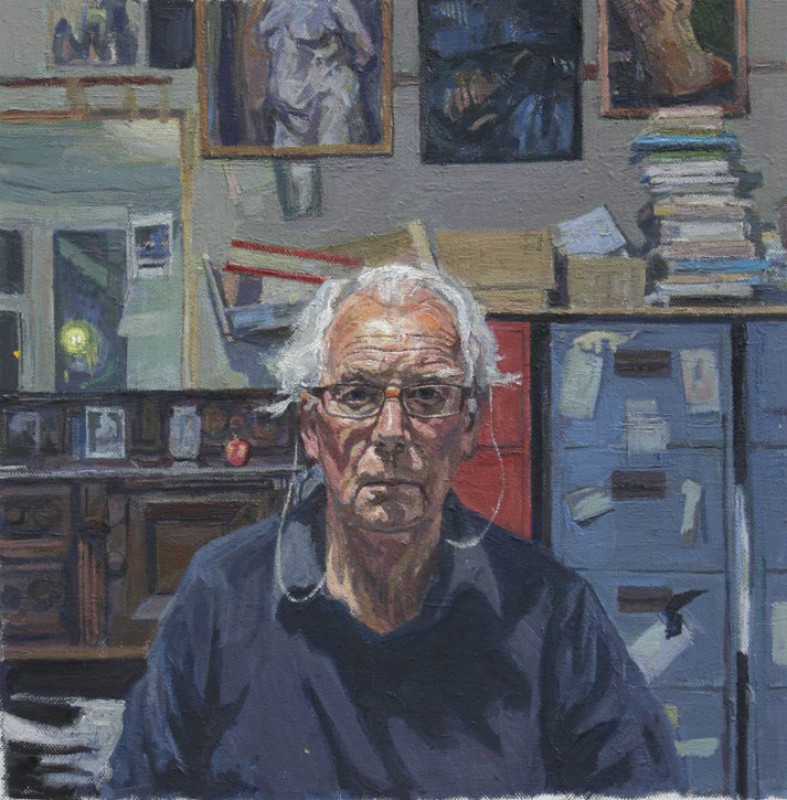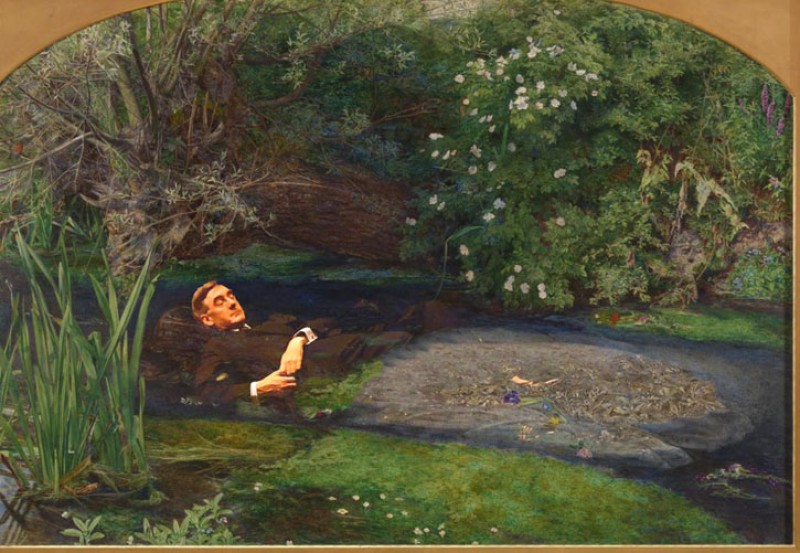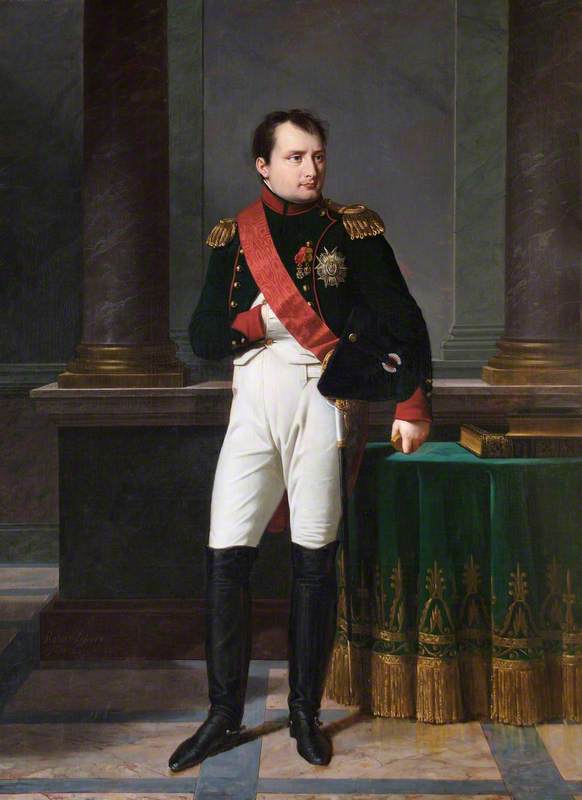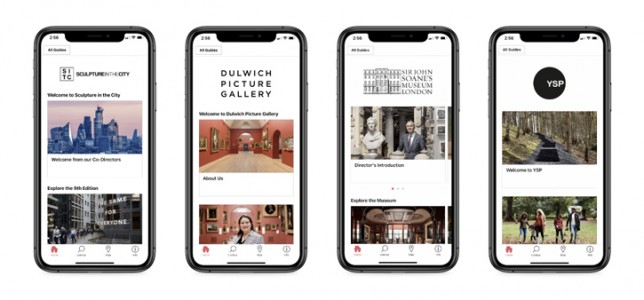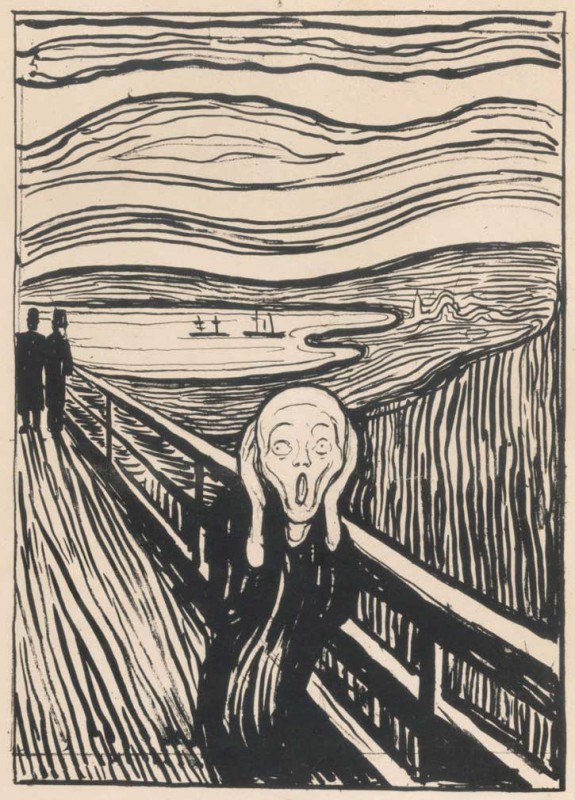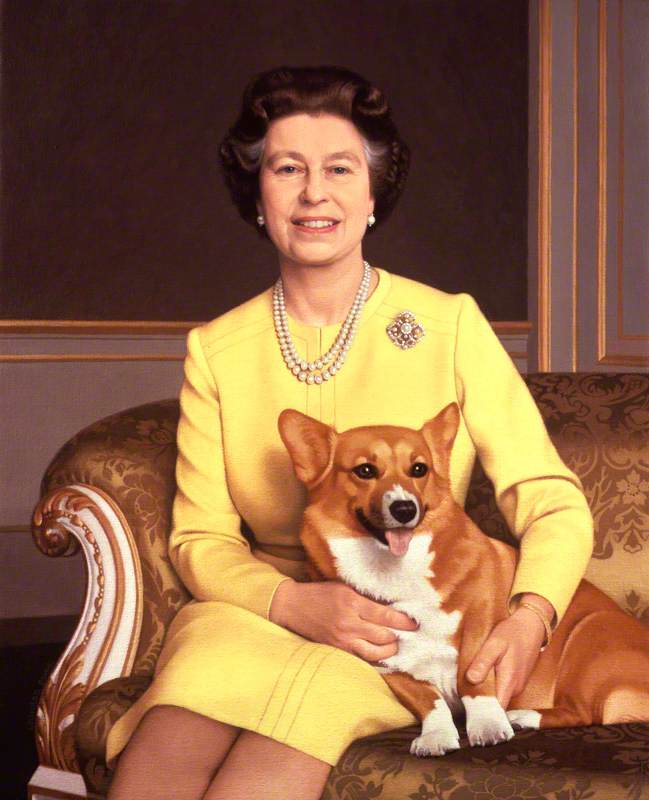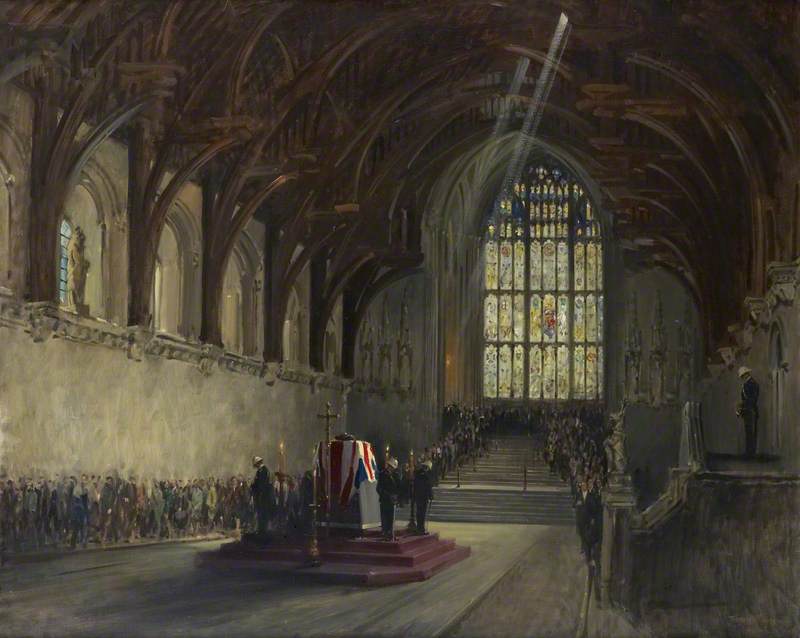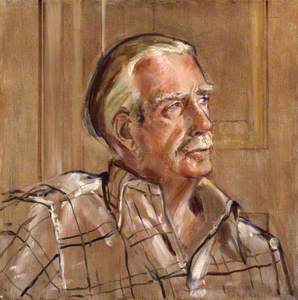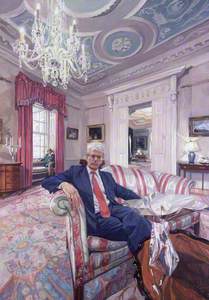Whatever your political colours, there's no denying that being UK Prime Minister has often been seen as the peak of political prowess, which is why historically, portraits of them have been commissioned.
A tradition of painting that started centuries ago, collections such as the Government Art Collection, the Parliamentary Art Collection and, of course, the National Portrait Gallery contain dozens of official (and non-official) portraits of political leaders. Intended as a symbol of prestige and power, do these portraits – many of which were previously commissioned directly by 10 Downing Street to line the famous staircase – still serve to legitimise a prime minister's legacy?
Since the start of the twenty-first century, the number of 'official' portraits of prime ministers has declined, certainly in terms of oil paintings. Moreover, there has been increasing public outcry against the public display of portraits of contemporary prime ministers, raising questions about the purpose and future of this tradition.
In anticipation of a new prime minister taking over the reins of power imminently, let's jump back to review portraits of PMs since 1945.
Serving as deputy prime minister in Winston Churchill's wartime coalition government, Clement Attlee (1883–1967) became Labour Prime Minister after winning a landslide victory at the 1945 general election. Attlee's government laid the foundations of the Welfare State and nationalised the Bank of England, transport, communications, coal, gas and electricity, and the iron and steel industries. Significantly, under his premiership the National Health Service was introduced, the first service in the world to offer free healthcare to citizens at the point of use.
Clement Richard Attlee, 1st Earl Attlee
1946
George Harcourt (1868–1947) 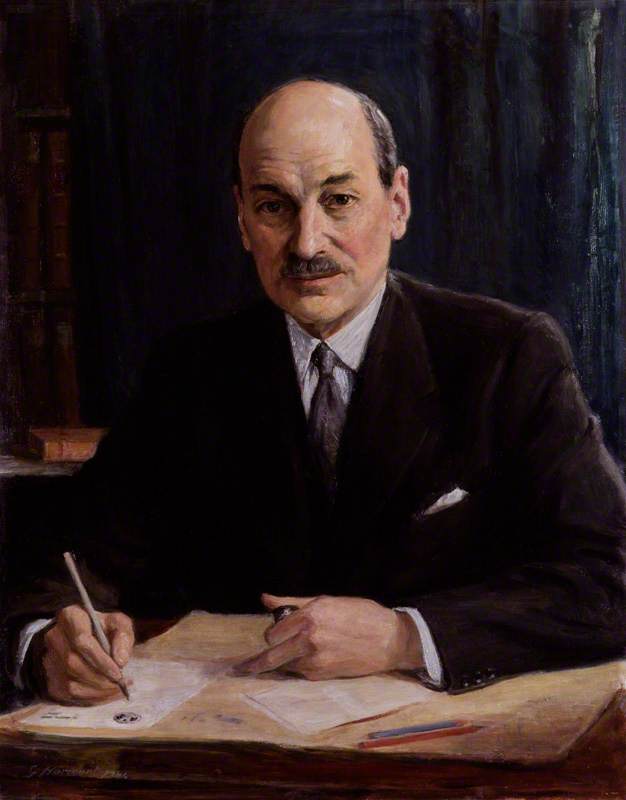
This portrait by George Harcourt (1868–1947) was painted in 1946, one year after the end of the Second World War and Attlee's political victory. Harcourt became President of the Royal Society of Portrait Painters in 1945.
Perhaps the most easily recognisable prime minister of the twentieth century (he's even on the current Bank of England £5 note), Winston Churchill (1874–1965) first served as prime minister from 1940 to 1945 during wartime. Famed for his oratory skills and bulldog-like nature even when things were going badly, Churchill became prime minister for a second time between 1951 and 1955.
When he wasn't leading government or battle, he dabbled in painting. He wasn't too bad at it either.
British Conservative politician Anthony Eden (1897–1977) became prime minister in 1955, serving until 1957. He had previously been Foreign Secretary, before succeeding Churchill as leader of the Conservative Party. He also married Churchill's niece, Clarissa Spencer-Churchill.
A vehement Eurosceptic, Eden was against joining the European Common Market. Eden was also the prime minister during the Suez Crisis.
This sketch by Derek Hill (1916–2000) can be found in The National Portrait Gallery.
Conservative prime minister Harold Macmillan (1894–1986) served for six years, from 1957 to 1963. He had previously been Minister of Housing, Minister of Defence, Foreign Secretary and Chancellor of the Exchequer before becoming prime minister.
Macmillan, sometimes referred to as 'Supermac', was known for accelerating the process of decolonisation, negotiating the Nuclear Test Ban Treaty, and for acting as the country's leader during the height of the Cold War. He once confidently claimed that the country had 'never had it so good'. Unlike his predecessor Eden, Macmillan was more optimistic about Britain joining the Common Market.
The celebrated English portraitist Bryan Organ (b.1935), painted him in 1980. In the wake of the scandalous Profumo affair, Macmillan resigned in October 1963.
Conservative politician Alec Douglas-Home (1903–1995) holds the record for the shortest-serving modern prime minister, lasting less than a year in office.
He entered Parliament in 1931 as a member of the Scottish Unionist Party, later serving as Foreign Secretary under Harold Macmillan's Conservative Party, a position he held for twenty years. He was ousted from the premiership after losing to Labour at the general election in 1964.
Alexander Frederick Douglas-Home, Baron Home of the Hirsel
1980
Suzi Malin (b.1949) 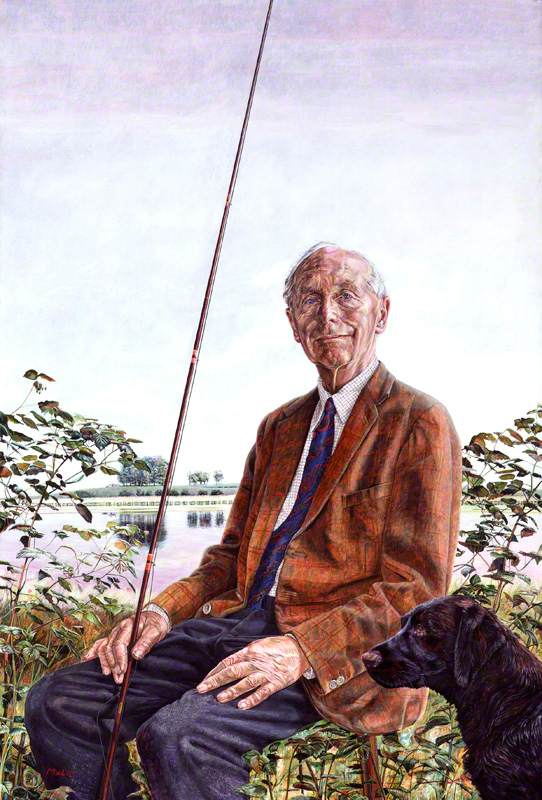
This portrait by artist Suzi Malin (b.1949) was painted in 1980 and is housed in the National Portrait Gallery.
Labour politician Harold Wilson (1916–1995) served as prime minister from 1964 to 1970, and again from 1974 to 1976. He is remembered for enacting social reforms in education, health, housing, gender equality and poverty. His government liberalised laws on divorce, abortion and homosexuality, also abolishing capital punishment.
Portraitist Ruskin Spear (1911–1990) painted Wilson on a number of occasions. He also painted Margaret Thatcher (in the portrait at the top of this article).
Edward 'Ted' Heath (1916–2005) was leader of the Conservative Party for over a decade and served as prime minister between 1970 and 1974. He is remembered for bringing Britain into the European Economic Community in 1973.
Derek Hill (1916–2000) painted this informal portrait of Heath at Chequers midway through his run as prime minister.
Labour politician James Callaghan (1912–2005) is the only person to date to have held all four of the major offices of state, serving as Chancellor of the Exchequer, Home Secretary, Foreign Secretary, and finally Prime Minister between 1976 and 1979.
James Callaghan, Baron Callaghan of Cardiff
1983
Bryan Organ (b.1935) 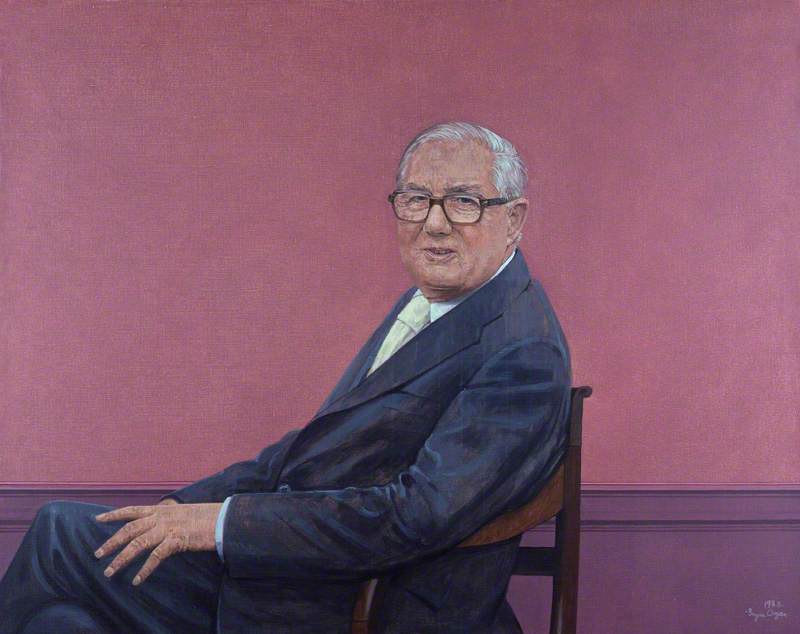
This portrait by well-known portrait painter Bryan Organ (b.1935) was completed in 1983, the same year that Callaghan's replacement Michael Foot was defeated by Margaret Thatcher's Conservative and Unionist Party.
'If you want something said, ask a man; if you want something done, ask a woman.' (Margaret Thatcher in 1965)
The Right Honourable Margaret Thatcher, Prime Minister
1992
Henry Mee (b.1955) 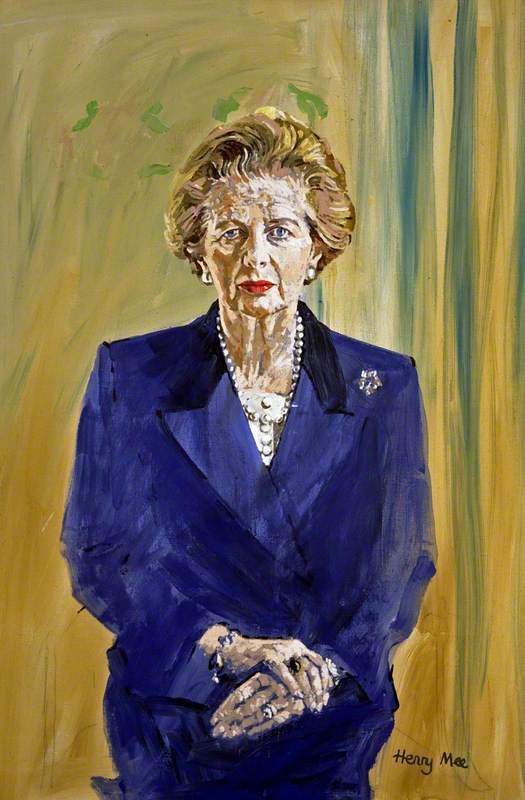
Despite once saying 'no woman in my time will be Prime Minister', Margaret Thatcher (1925–2013), the 'Iron Lady', served as Conservative Prime Minister from 1979 to 1990. She became not only the first female prime minister of the UK, but also the longest-serving PM of the twentieth century.
This painting by Henry Mee (b.1955) was commissioned by the Speaker's Advisory Committee on Works of Art in 1992. Upon being asked in an interview whether she believed the portrait made her seem 'severe', she replied: 'When you have been Prime Minister for eleven years, you're no pushover.' Thatcher continues to be a divisive political figure today with a deeply contested legacy. However, popular culture has not tired of telling her story – Meryl Streep famously played her in the 2011 film The Iron Lady.
2019 marks the 60th anniversary of her election as an MP and the 40th anniversary of her election as Prime Minister on 4th May 1979.
After Thatcher resigned in 1990, her Chancellor, John Major (b.1943), succeeded her as PM. He negotiated the ceasefire in Northern Ireland and also introduced the National Lottery Act in 1993. Against the predictions, he won the 1992 general election, defeating the then-Labour leader Neil Kinnock.
Major also signed the Maastricht Treaty in 1992, a treaty that founded the European Union from its beginnings as the Common Market (and later EEC/EC).
This portrait by John Wonnacott (b.1940) housed in the National Portrait Gallery shows Major in the White Room at 10 Downing Street. His wife Norma can be seen in the background, sitting by the window. Wonnacott created another portrait of Major housed in the Parliamentary Art Collection, in which he is depicted alone.
Tony Blair (b.1953) is the longest-serving Labour prime minister to date – he was PM from 1997 to 2007. He oversaw culmination of the Northern Ireland peace process and signed the Good Friday Agreement. His tenure was also marked by his response to the rise of terrorism following the 9/11 attacks, and his close (yet often controversial) alliance with the USA during the Iraq war. Blair's government also introduced the Civil Partnership Act of 2004, giving legal recognition to same sex-sex partnerships.
In this candid portrait by Philip Oliver Hale (b.1963), Blair appears to be lost in thought. Hale later commented that Blair had no intentions of 'prettifying himself for a picture' while sitting for the portrait at Chequers – indeed, the painter commented that the prime minister seemed preoccupied with more pressing concerns. The only formal portrait of Blair while he was prime minister, it was commissioned by the Speaker's Advisory Committee on Works of Art in the House of Commons.
Brown, Cameron, May and beyond
Why have we stopped with Blair? Since 2007, Gordon Brown, David Cameron, Theresa May, Boris Johnson, Liz Truss and Rishi Sunak have all assumed the office, but none of them has an oil portrait of themselves in a public collection. None of them yet, that is...
It is still deeply unclear – and a point of tension in deeply divided times – as to whether the prime ministers serving during this era will receive the honour of having an official portrait. In 2018, there was a protest against the display of a portrait of May in a University of Oxford exhibition about female geographers, and it was promptly removed.
In such polarised and precarious political times, where fresh leadership may encounter unresolved challenges, it feels appropriate to review the past leaders and their portraits, considering what each artist was trying to convey when sitting in close proximity to the country's most powerful political leader.
Lydia Figes, Content Creator at Art UK
